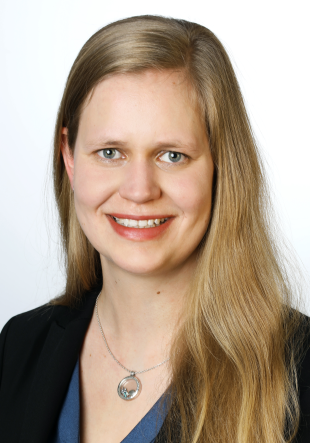Steffen, B. & Pouta, M. (2022). Participant’s video annotations as a database to measure professional development. In M. Goller, E. Kyndt, S. Paloniemi, & C. Damşa (Hrsg.), Methods for researching professional learning and development: Challenges, applications, and empirical illustrations (S. 293-312). Springer. https://doi.org/10.1007/978-3-031-08518-5_13
Abstract
Correct noticing and interpreting of important cues are among the few measurable criteria of professional performance. Elaborated expertise knowledge structures are opaque and, therefore, can hardly be measured. The rise of studies in this research field is due to new opportunities offered by modern technologies to grasp more subtle elements of professional development (e.g., tools to measure skin conductance response and eye tracking, and to take video-annotations). This chapter aims to present video annotations as a database for analysing professional learning and development. Video annotation tools (e.g., ELAN) can be used to operationalise participant’s noticing of important cues in a video in the form of annotations. These annotations can be analysed to answer quantitative, qualitative, or mixed-methods research questions. Hence, video annotation technique (VAT) is also a suitable technique for data triangulation. This chapter emphasises that the videos are only a vignette to evoke participants’ knowledge, unlike in the other methods, which rely on the video technique.
This chapter focuses on the use of video annotations as a data gathering technique. The first part describes participants’ video annotations as material for analysis and the theoretical and practical benefits. In the second part, an example study will illustrate the application of video annotations as a data-gathering technique and research data in a methodological triangulation.
Keywords
Video annotation, Data gathering, Methodological triangulation
Hier geht es direkt zur Publikation.


